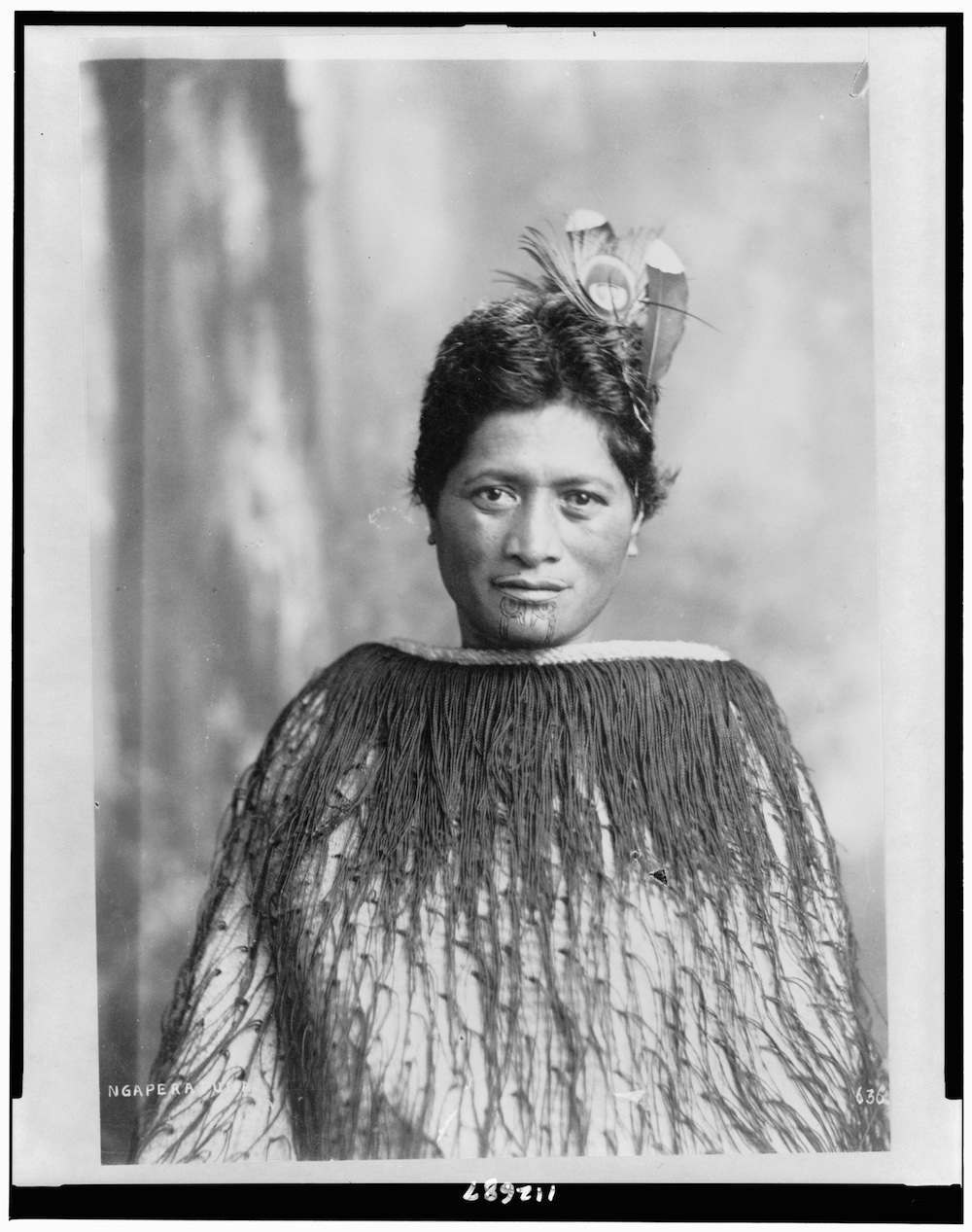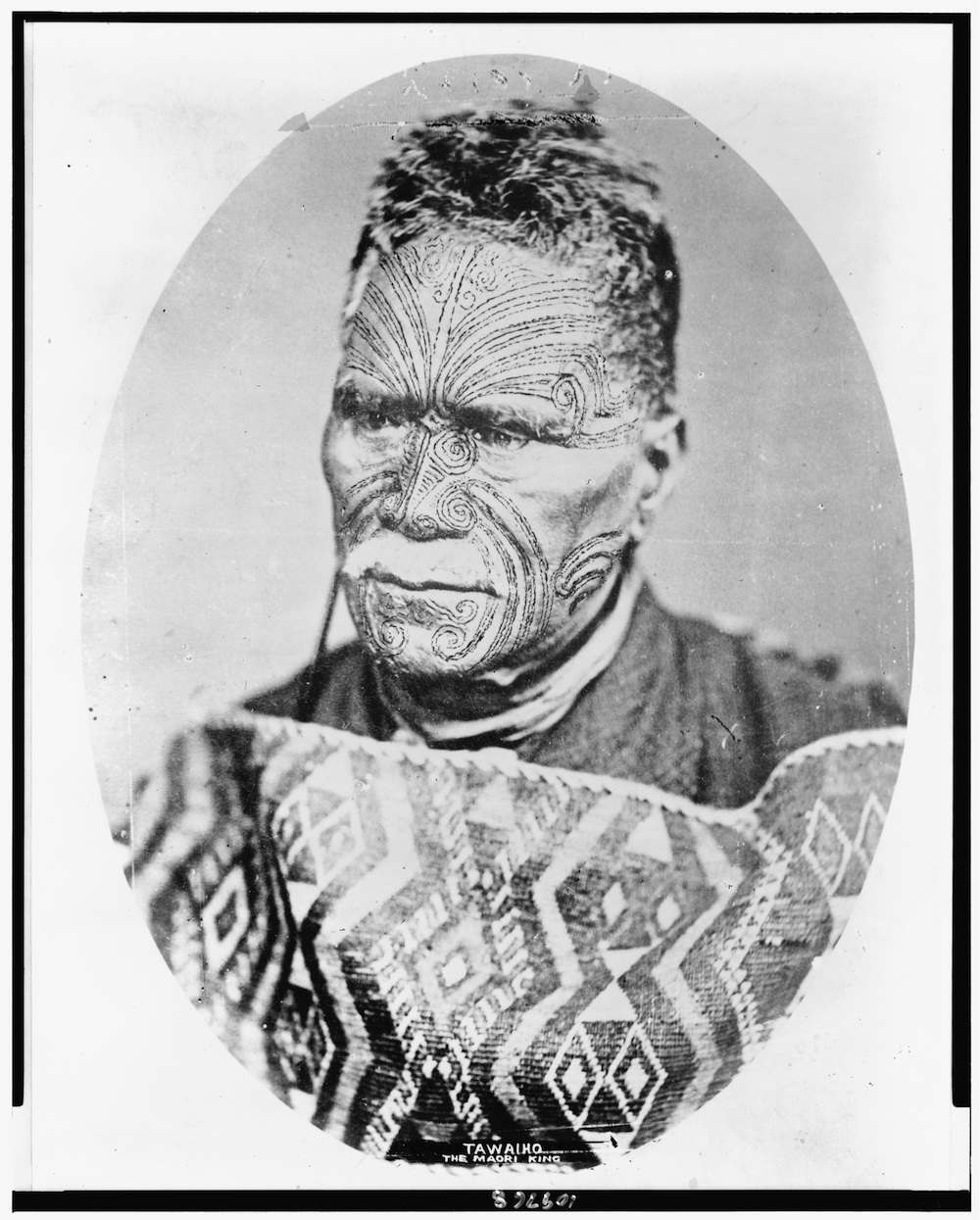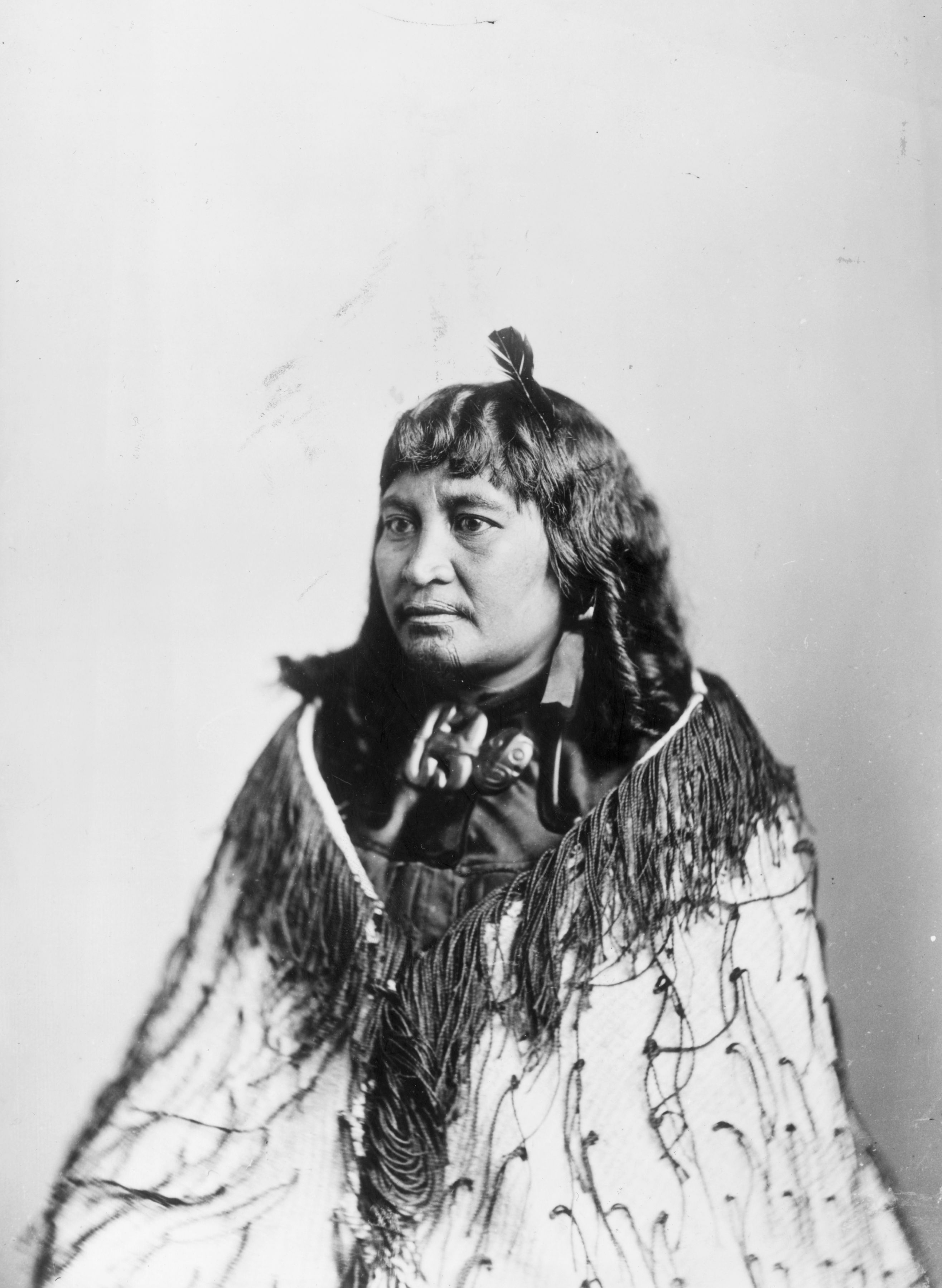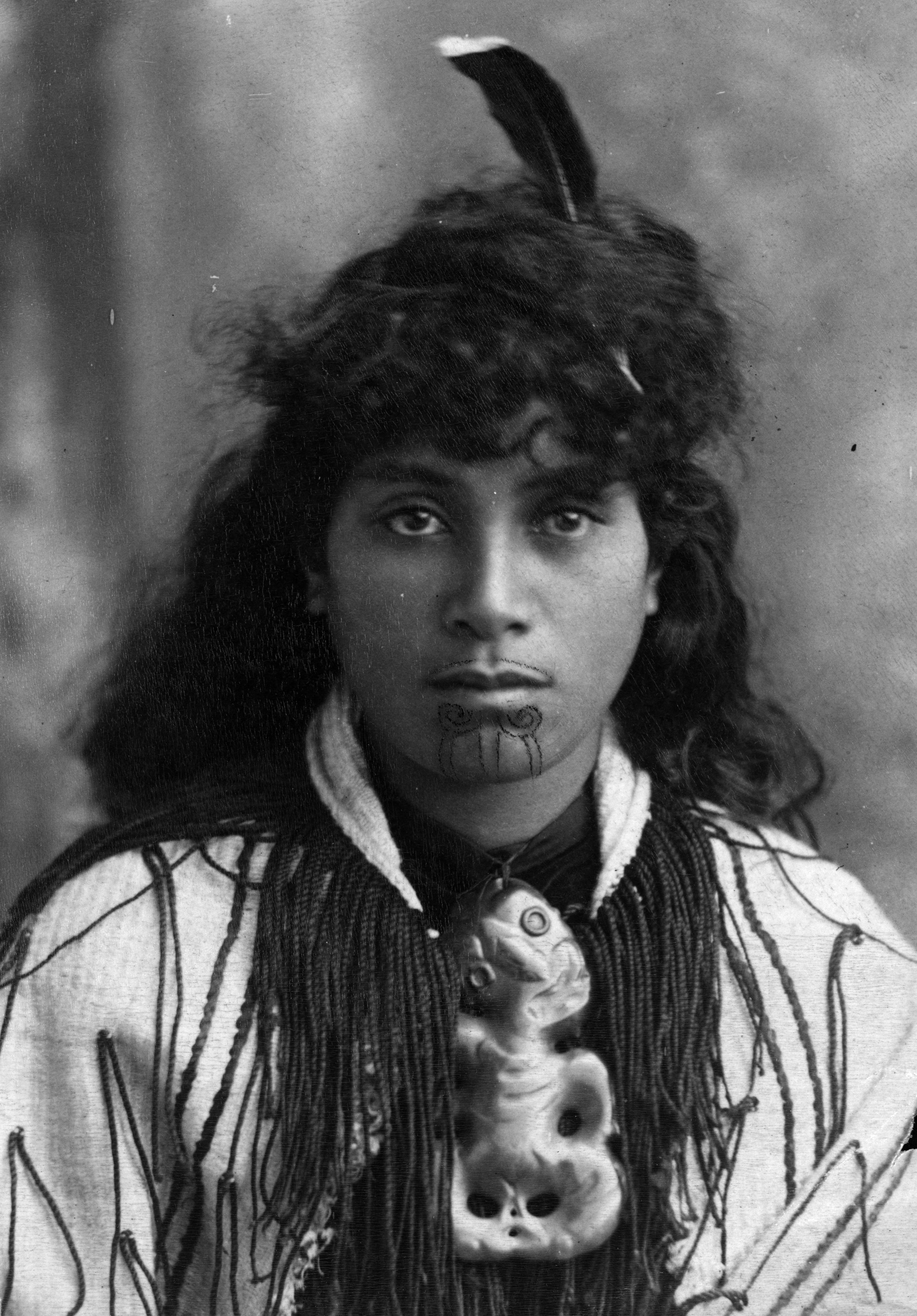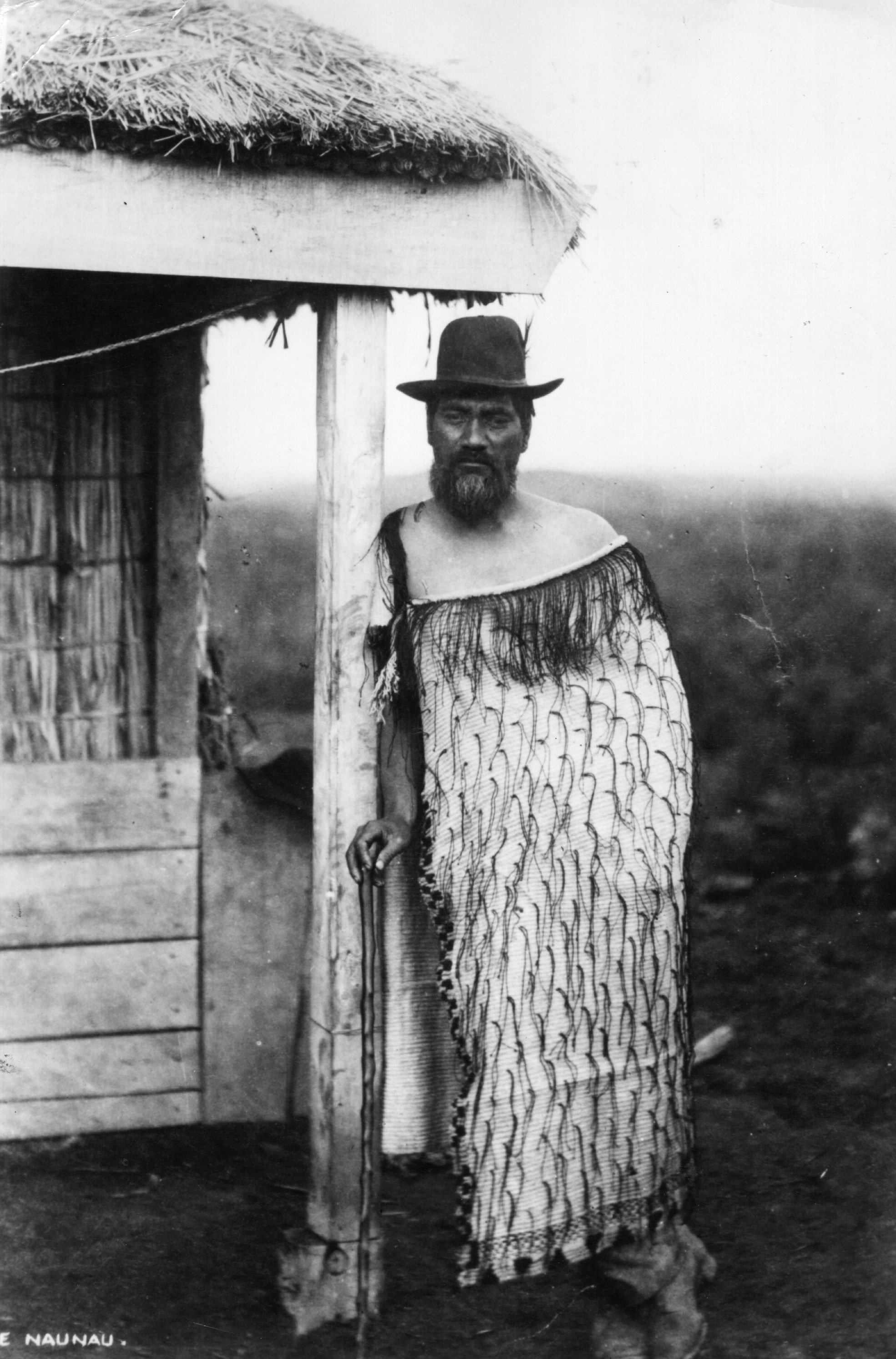New Zealand: 19th Century Maori portraits
In 1815, the first British missionaries arrived in Aotearoa (land of the long white cloud). Dubbed Nieuw Zeeland by adventurer Abel Tasman, after the Dutch province of Zeeland, the country would be changed in 1840 when the British and many Maori tribes signed the Treaty of Waitangi. From then on British law was New Zealand law.
Between 1845 and 1872, Maoris resisted British rule in battles of The New Zealand Wars, also referred to as the Land Wars.

1870: A Maori chieftain with tattooed chin and nose. He also wears earrings and has feathers in his hair. (Photo by Hulton Archive/Getty Images)
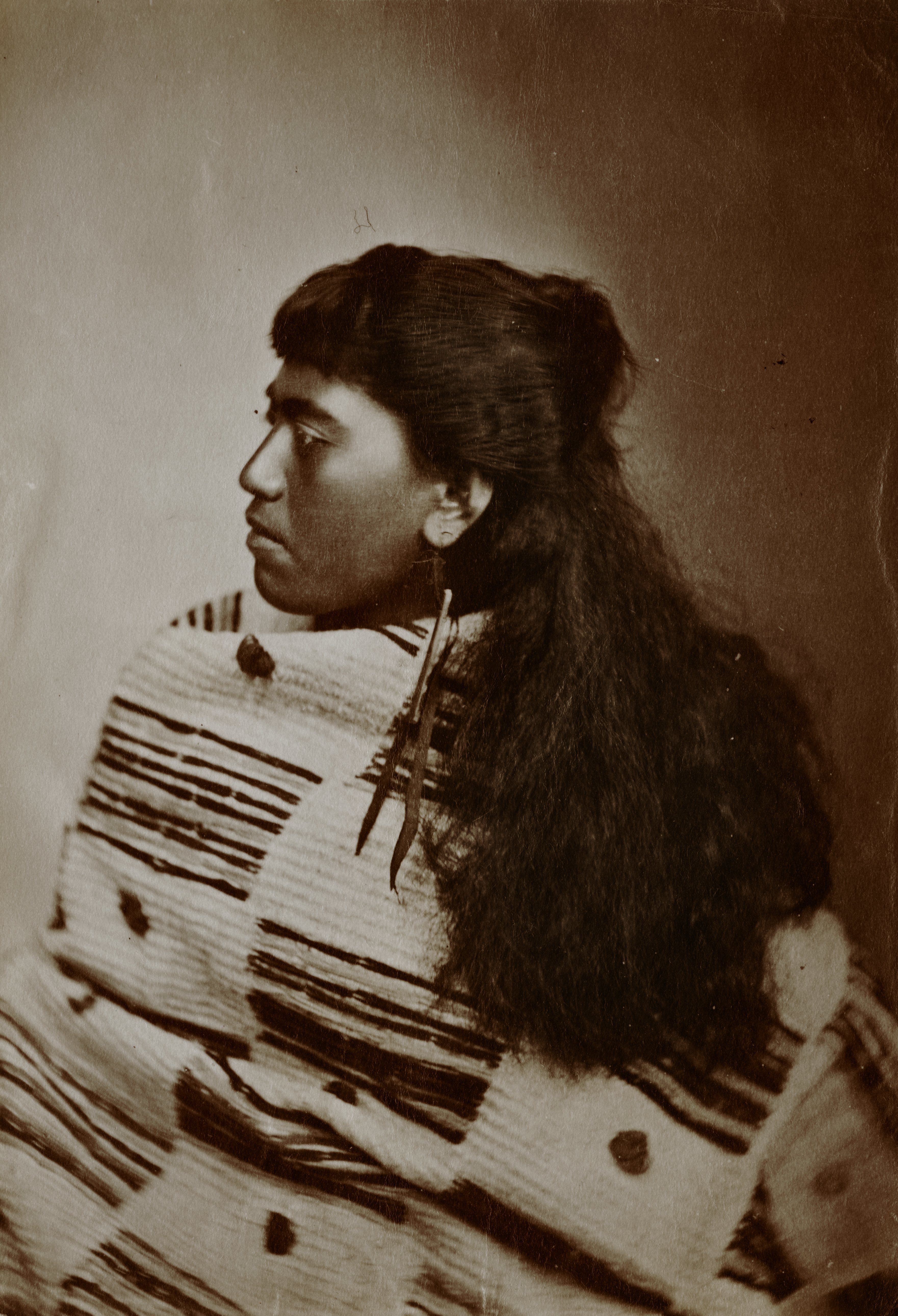
A Maori woman wearing traditional clothing, New Zealand, circa 1870. (Photo by Hulton Archive/Getty Images)
You can read a detailed history of the wars here at New Zealand History.

Maori woman and children playing cards on doorstep of home – Whakarewarewa
Jackson, William Henry, 1843-1942, photographer

Princess Te Kirihaehae Te Puea Herangi as a girl in the late 1890s. She is draped with Kahu huruhuru (Maori feather cloaks).
Photograph taken when she was a girl believed to be dying from tuberculosis.” Via
![Unidentified Maori woman with a chin moko, feathers in her hair, and European clothing, [ca 1895] Reference Number: 1/2-012406-G Unidentified Maori woman, circa 1885, with a chin moko and feathers in her hair. She wears European style clothing. Location and photographer unknown. Key terms: 1 image, categorised under Portraits and Dry plate photonegatives, related to Women, Maori - Moko and Maori - Clothing. Part of: Unidentified Maori woman with a chin moko, feathers in her hair, and European clothing, Reference Number 1/2-012406-G (1 digitised items) Extent: 1 b&w original negative(s)Dry plate glass negative. Single negative Conditions governing access to original: Not restricted Other copies available: File print available in Turnbull Library Pictures572. Maori. Tattooing. Women(PFP-022595) Usage: You can search, browse, print and download items from this website for research and personal study. You are welcome to reproduce the above image(s) on your blog or another website, but please maintain the integrity of the image (i.e. don't crop, recolour or overprint it), reproduce the image's caption information and link back to here (http://mp.natlib.govt.nz/detail/?id=25950).](https://flashbak.com/wp-content/uploads/2015/03/download-3.jpeg)
Unidentified Maori woman, circa 1885, with a chin moko and feathers in her hair. She wears European style clothing. Via

Seated studio portrait of Take Take Rangitupu from Ranana, Wanganui River. He wears an ear adornments made of ribbon and an animal tooth. He wears a korowai (Maori tag cloak) and holds a patu. A tewhatewha lies at his feet. He sits before a painted backdrop. Photograph taken circa 1880s. Via

Head and shoulders portrait of Maori chief Patara Te Ngungukai, photographed circa 1890s by an unidentified photographer. Shows him in profile, wrapped in a cloak. He has a facial moko.
Via
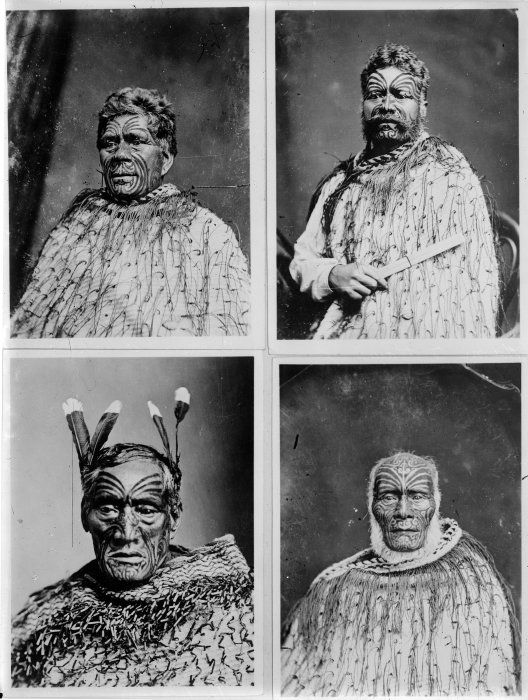
Individual portraits of Haami te Hau Nuhaka, Ihaka Whaanga and two unidentified Maori men. Taken by an unknown photographer circa 1876.
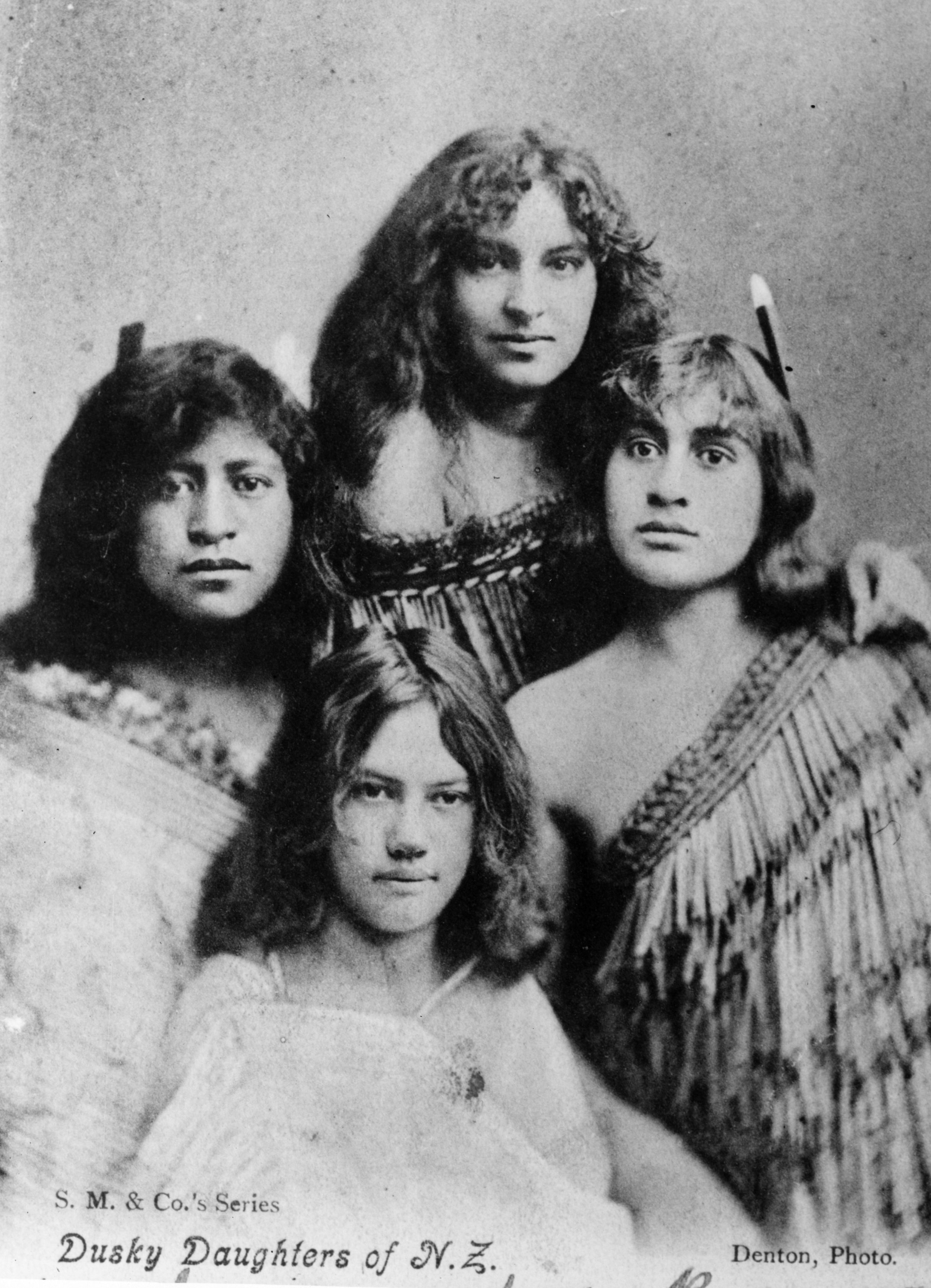
circa 1890: A group of Maori girls from New Zealand wearing traditional clothing. (Photo by Denton/Hulton Archive/Getty Images)
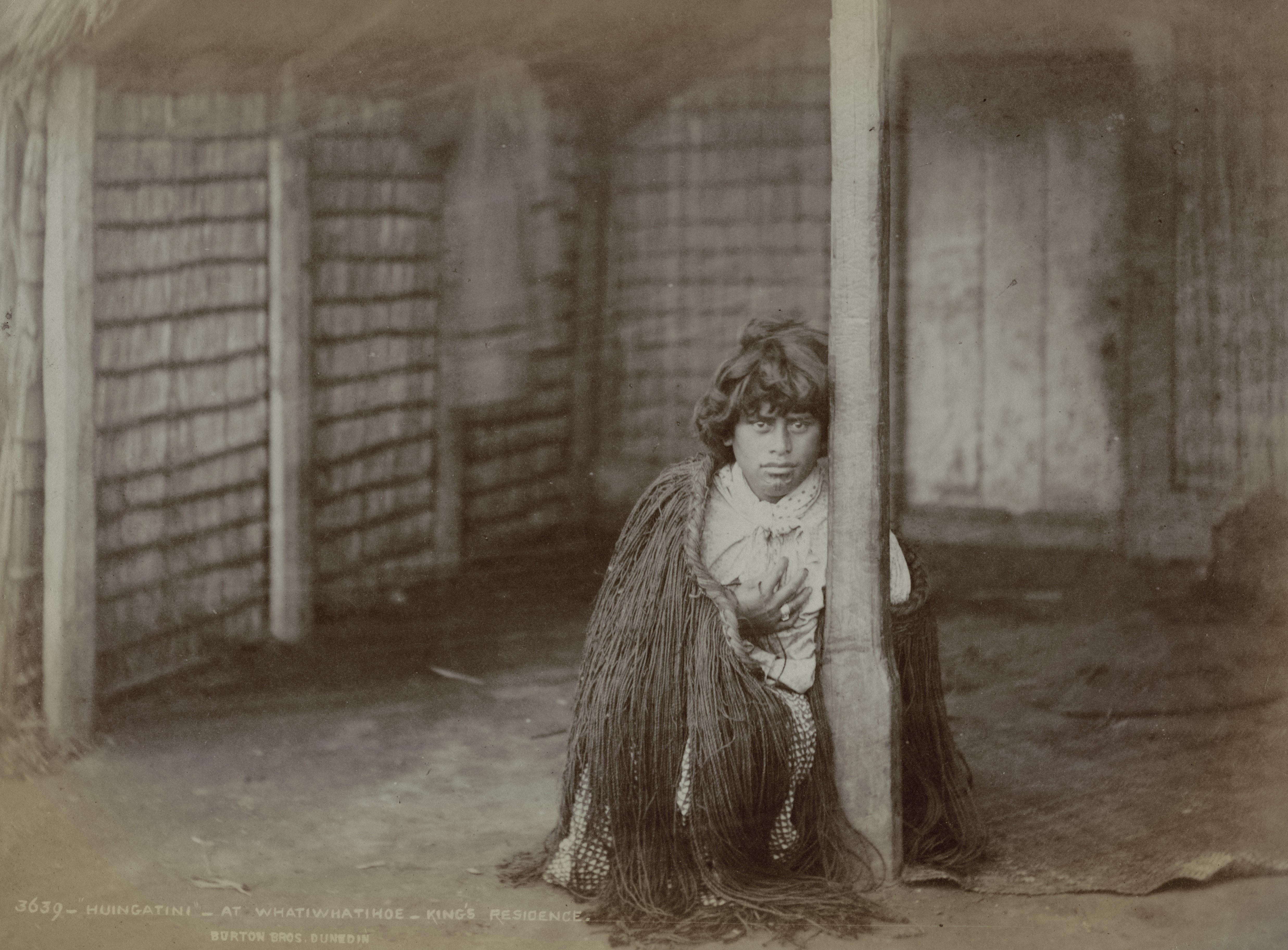
Maori portrait taken at Maori King Tawhiao’s residence, Whatiwhatihoe, Mt Pirongia, North Island, New Zealand, circa 1885. Original caption reads ‘Huingatini at Whatiwhatihoe, King’s Residence’. (Photo by Burton Bros/Hulton Archive/Getty Images)
Samuel Carnell of Napier (1832 – 14 October 1920) was a Liberal Party Member of Parliament in Hawke’s Bay, New Zealand.
He was born in Nottinghamshire, England, in the year 1832, was educated at Old Lenton, and was brought up as a mechanic in connection with the lace industry. He turned his attention to photography, and after the discovery of the collodion process, in 1852, left for New Zealand, arriving in Auckland by the “Caduceus” in 1862. He was employed as operator by Messrs Crombie and Webster, photographers, of that city, and on the outbreak of the Hokitika gold “rush,” in 1865, he left for the Coast to try his luck at the diggings. Not meeting with the success he anticipated, he went to Nelson, where he opened a photographic studio for six months, then returned to Auckland, and finally removed to Napier in 1869, where he established a studio.

Carte de visite portrait of a Maori woman wearing a korowai (tag cloak), probably associated with the Pai Marire party who executed Carl Sylvius Volkner at Opotiki in 1864, taken in the 1870s by Samuel Carnell of Napier.

Carte de visite portrait of Beti Karaitiana, taken, probably in the 1870s, by Samuel Carnell of Napier.

Carte de visite portrait of Ruruhira, a Maori woman from the Hawkes Bay district, taken, probably in the 1890s, by Samuel Carnell of Napier. She is looking at a cabinet card photograph common in that decade.

Carte de visite portrait of Erika, a Maori man from Hawkes Bay, taken between 1885 and 1900 by Samuel Carnell of Napier.

Carte de visite portrait of a Julia, a Maori woman from the Hawkes Bay district, taken on 23 November 1888 by Samuel Carnell of Napier.

pper body portrait of Nireaha Tamaki, a leading Wairarapa rangatira wearing a kakahu (cloak). Taken by Samuel Carnell circa 1880-1890.

Carte de visite portrait of a young Maori woman from the Hawkes Bay district, taken 27 March 1886 by Samuel Carnell of Napier.

Carte de visite portrait of a Maori woman and child from Hawkes Bay, taken, probably between 1880 and 1900, by Samuel Carnell of Napier.

Carte de visite portrait of a Maori woman from Hawkes Bay, taken, probably in the 1870s, by Samuel Carnell of Napier.

Carte de visite portrait of a young Maori girl from Hawkes Bay, taken, probably between 1880 and 1900, by Samuel Carnell of Napier.

Carte de visite portrait of a Maori woman from the Hawkes Bay district, wearing a kahu huruhuru (feather cloak) beneath her breasts, taken between 1880 and 1890 by Samuel Carnell of Napier.

Carte de visite portrait of Komene Te Ito, chief of Mahia peninsula, wearing a korowai (tag cloak), taken, probably in the 1870s, by Samuel Carnell of Napier.

Carte de visite portrait of a Maori woman from Hawkes Bay, taken, probably between 1880 and 1900, by Samuel Carnell of Napier.

Carte de visite portrait of Atiria Te Hauwaho, wife of Wiremu Broughton of Ngapuke, taken 10 December 1881 by Samuel Carnell of Napier.

Carte de visite portrait of a young Maori girl from Hawkes Bay, taken, probably between 1880 and 1900, by Samuel Carnell of Napier.

Carte de visite portrait of a young Maori girl from Hawkes Bay, taken, probably between 1880 and 1900, by Samuel Carnell of Napier.

Carte de visite portrait of Irini Kemara, a young Maori woman with the words “Pera” and “Kemara” tattooed on her left arm, taken in July 1888 by Samuel Carnell of Napier. She is wearing a korowai (tag cloak) around her waist.

Cabinet card portrait of Paora Torotoro, chief of Ngati Hinepare, taken, probably in the 1880s, by Samuel Carnell of Napier.

Cabinet card portrait of Horonuku Te Heuheu IV, wearing a top hat and a sash, taken in the 1880s by Samuel Carnellof Napier.

Portrait of Susan Jury (Te Aitu-o-te-rangi Wikitoria Jury, also known as Sue Materoa Jury), 1876-1880

Head and shoulders portrait of Tamati Waka Te Puhi, probably photographed by the Foy Brothers of Thames between 1872-1886. Shows a man with a moko. He wears cloak decorated with feathers. Via
Would you like to support Flashbak?
Please consider making a donation to our site. We don't want to rely on ads to bring you the best of visual culture. You can also support us by signing up to our Mailing List. And you can also follow us on Facebook, Instagram and Twitter. For great art and culture delivered to your door, visit our shop.
